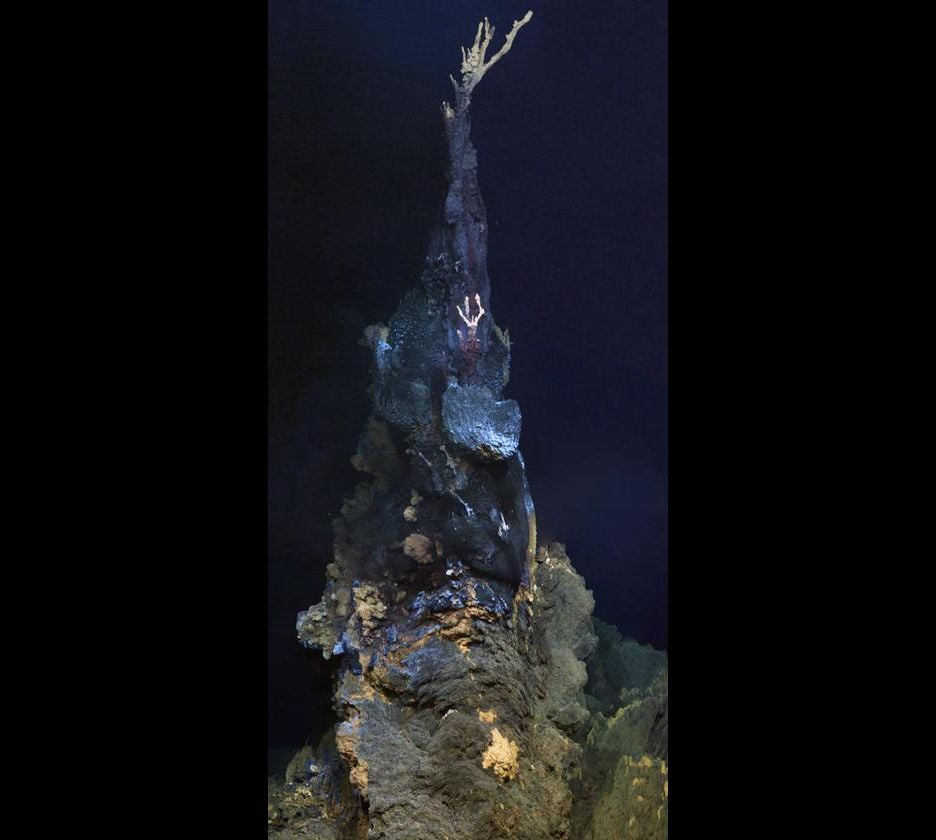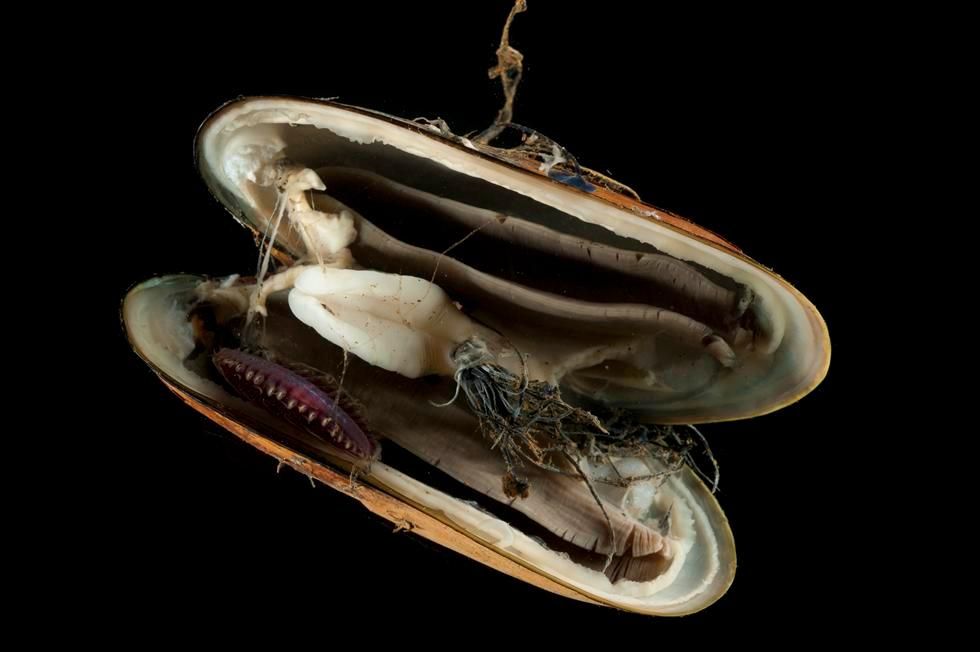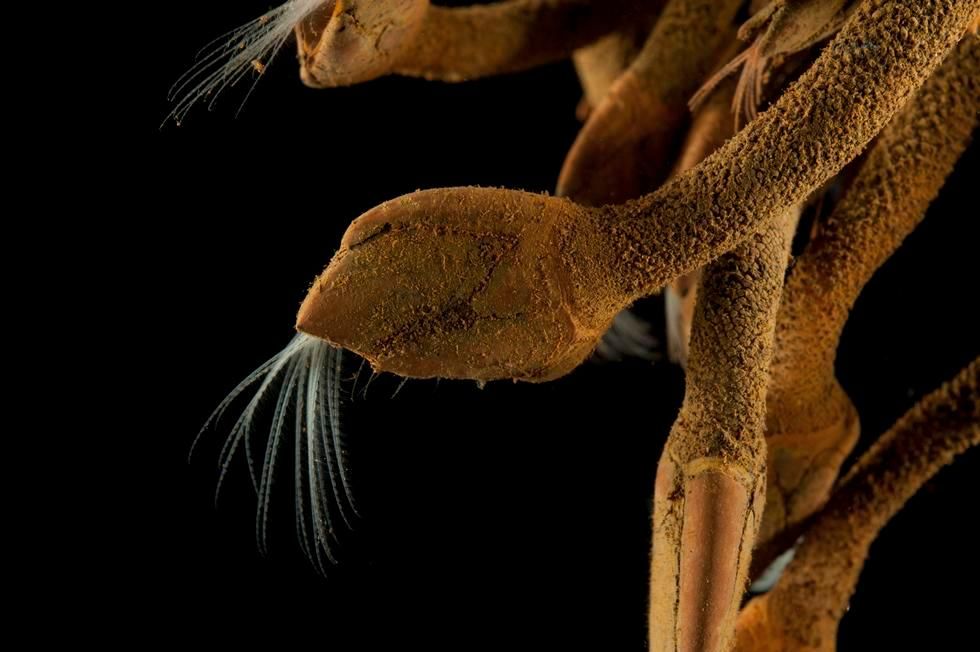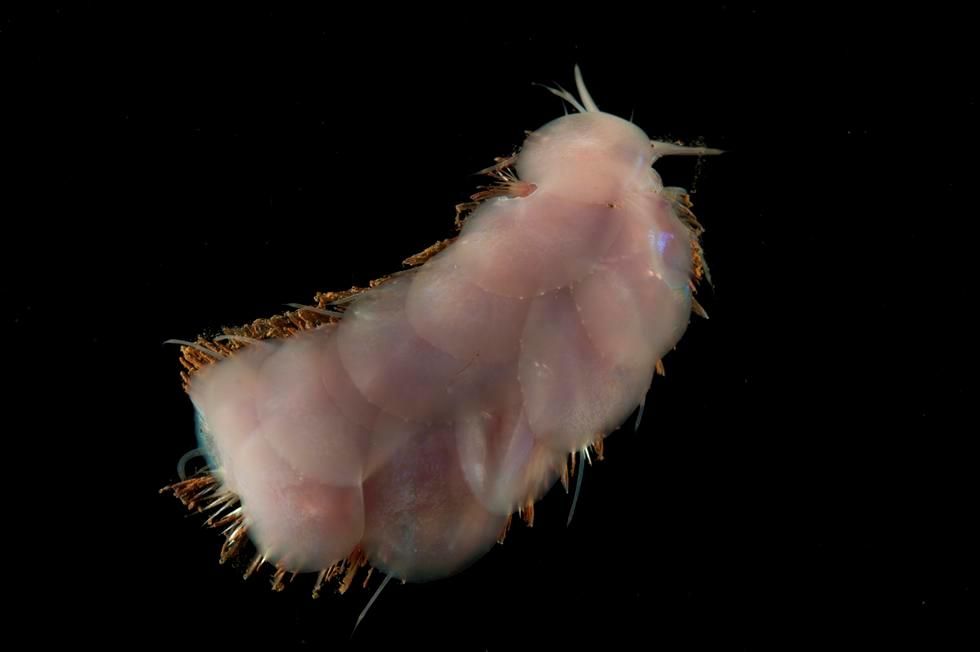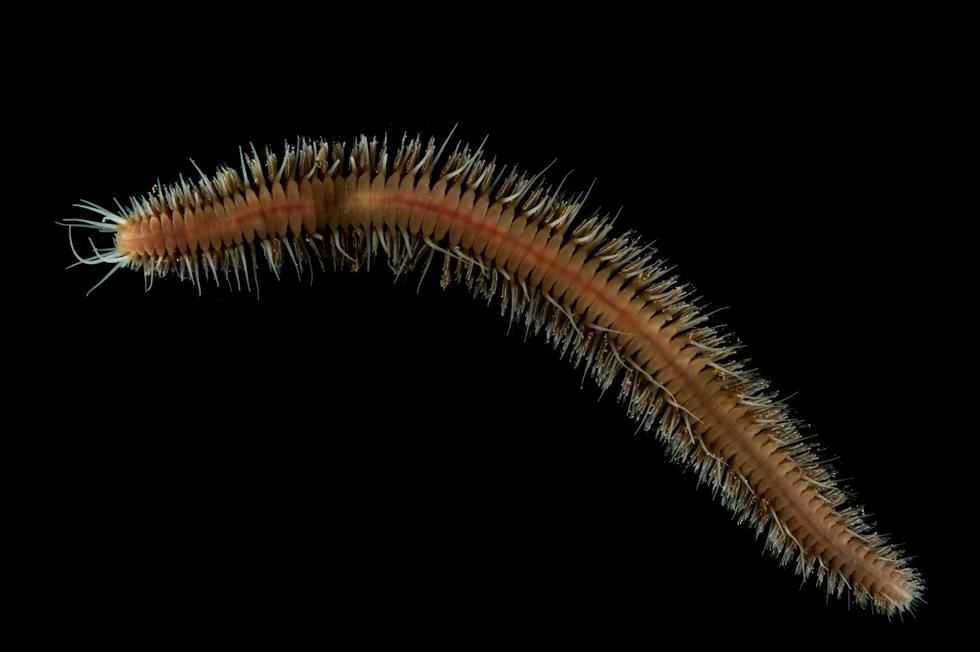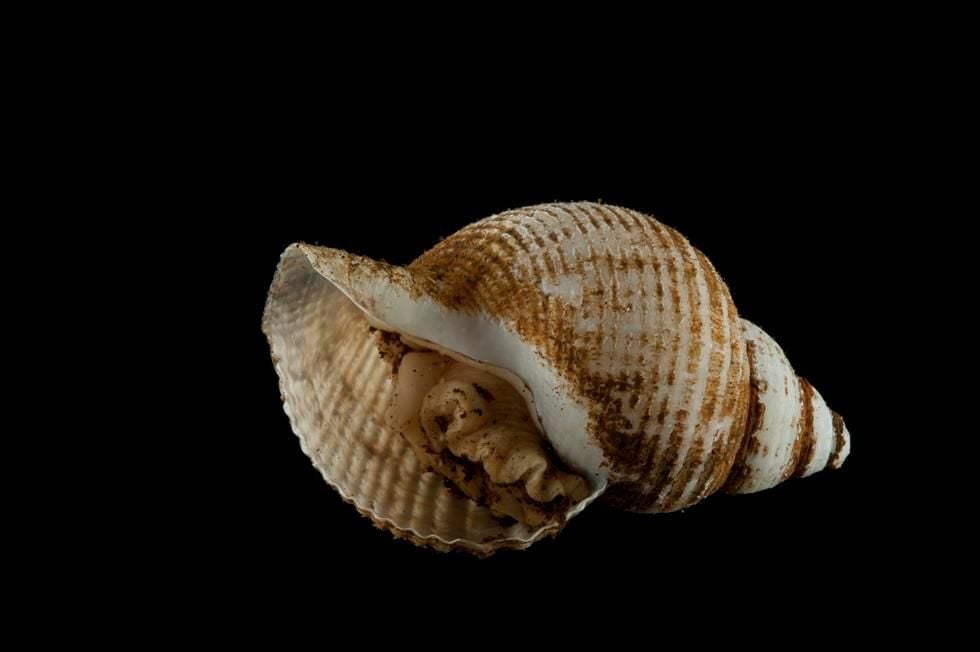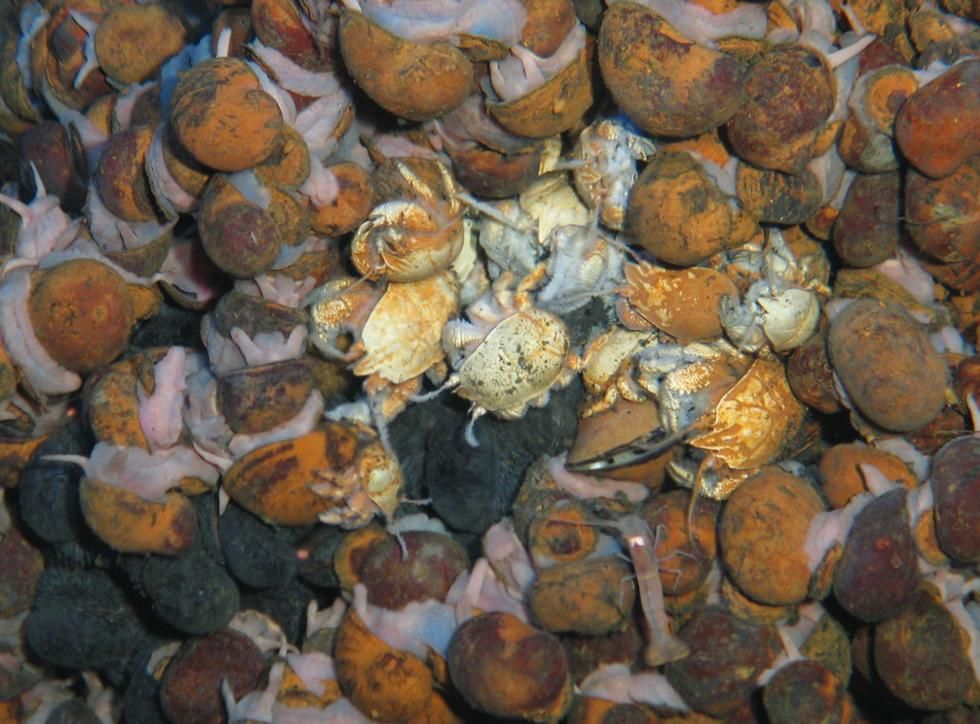Six New Deep Sea Creatures Just Discovered at Site Slated for Underwater Mining
Seafloor hot springs are rife with life
For as long as scientists have had the technology to explore the ocean’s floor, deep-sea hot springs have been a source of some of the oddest and most amazing creatures. These unusual critters found nowhere else in the world underscore the importance of efforts to understand life below the waves. Now, scientists surveying the southwest Indian Ocean have discovered several previously unknown species of sea creatures thriving in a region slated for mining.
This particular set of hydrothermal vents is located about 1,200 miles southeast of Madagascar and sit roughly two miles beneath the waves. Known as Longqi, or “Dragon’s Breath,” this site is littered with mineral spires two stories tall that have grown up around these vents and attract a range of creatures seeking food, shelter and warmth, Brooks Hays reports for United Press International.
In 2011, a group of researchers from the University of Southampton used a robotic submersible known as a remotely operated vehicle (ROV) to explore an area around Longqi about the size of a football field. In addition to the towering spires, they found several species of sea creatures that had never been seen before, including a kind of hairy-chested crab, two species of snail, and new species of limpet, scaleworm and deep-sea worm, George Dvorsky reports for Gizmodo.
“We can be certain that the new species we've found also live elsewhere in the southwest Indian Ocean, as they will have migrated here from other sites, but at the moment no one really knows where, or how well-connected their populations are with those at Longqi," study leader Jon Copley says in a statement.
According to a new study published yesterday in the journal Scientific Reports, Copley and his team also spotted several other deep-sea species known to thrive around similar vents in the deep ocean. Unfortunately for the sea creatures at Longqi that either made a pit stop or have settled down, the vents are rich in mineral like gold and copper, making them prime targets for underwater mining operations, Hays reports.
“Our results highlight the need to explore other hydrothermal vents in the southwest Indian Ocean and investigate the connectivity of their populations, before any impacts from mineral exploration activities and future deep-sea mining can be assessed,” Copley says in a statement.
Unfortunately, as Dvorsky points out, it could be hard to convince underwater miners to avoid these vents. The industry is expected to grow significantly in the future, and while these underwater wonders are rich with life, the stage is already set for miners to start digging.
